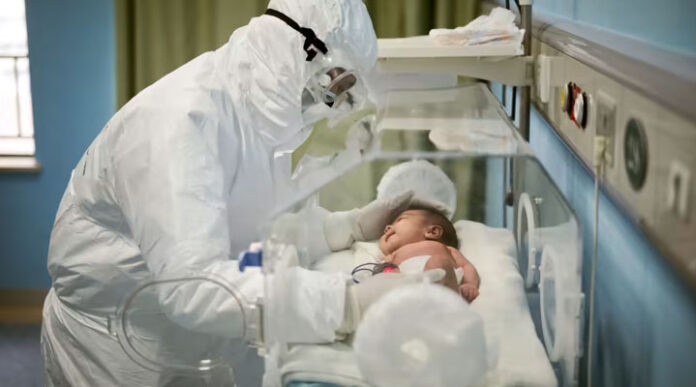China will discourage abortions and make fertility therapy more available as part of its efforts to increase one of the world’s lowest birth rates, according to the National Health Authority on Tuesday.
According to instructions published on the authority’s website, support measures ranging from taxation and insurance to education and housing would be strengthened and implemented, with local governments encouraged to increase baby care services and family-friendly workplaces.
The authority stated that it will promote reproductive health to raise public awareness while “preventing unwanted pregnancy and minimising unnecessary abortions.”
In 2021, China’s fertility rate of 1.16 was well below the OECD norm of 2.1 for a stable population and was among the lowest in the world.
According to demographers, China’s uncompromising “zero-COVID” policy of containing outbreaks by stringent regulations on people’s lifestyles may have had a significant impact on their desire to have children.
The authority stated that it would guide local governments in gradually incorporating assisted reproductive technology into the country’s medical system. In China, technology such as IVF is often prohibitively expensive for unmarried women.
Demographers predict that new births in China’s 1.4 billion-person population will fall below 10 million this year, down from 10.6 million last year – already 11.5% lower than in 2020.
China, which implemented a one-child policy from 1980 to 2015, has officially admitted that it is on the verge of a demographic slump. In 2016, it updated that policy with a two-child policy, and in 2021, it amended it again, allowing married couples to have up to three children.
Over the last year, the government has begun to implement policies such as tax breaks, increased maternity leave, improved medical insurance, housing subsidies, additional funds for a third child, and a crackdown on costly private tuition.
The instructions issued on Tuesday are the most detailed notice at the national level, including a call to curb abortions, which have been widely available for many years.
The steps, according to the authorities, are critical for “supporting the long-term balanced development of the population.”
According to a National Health Commission report published at the end of 2021, the number of abortions performed increased from 2015 to 2019.





